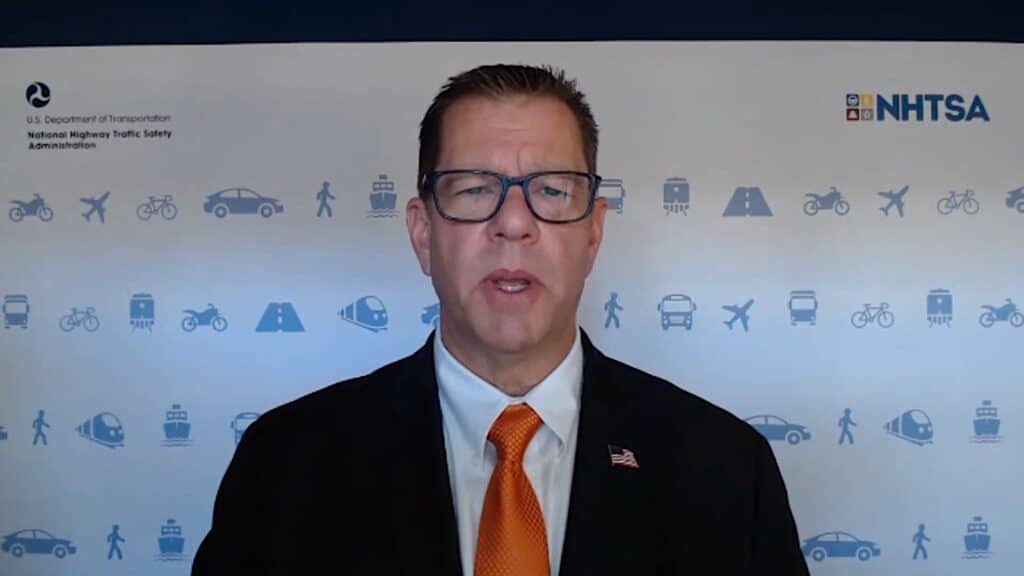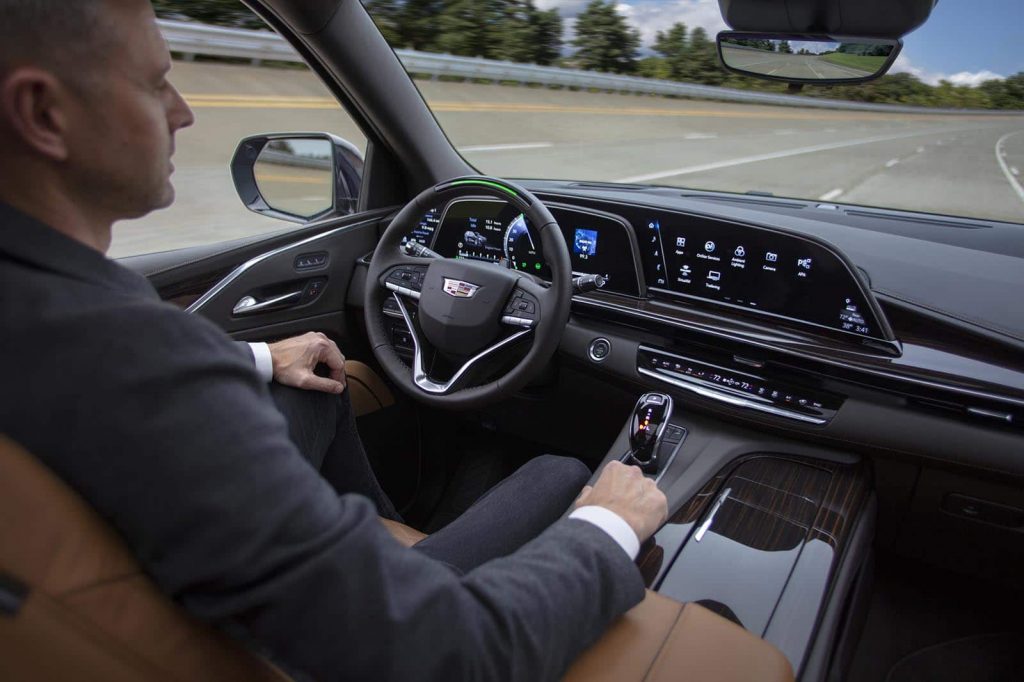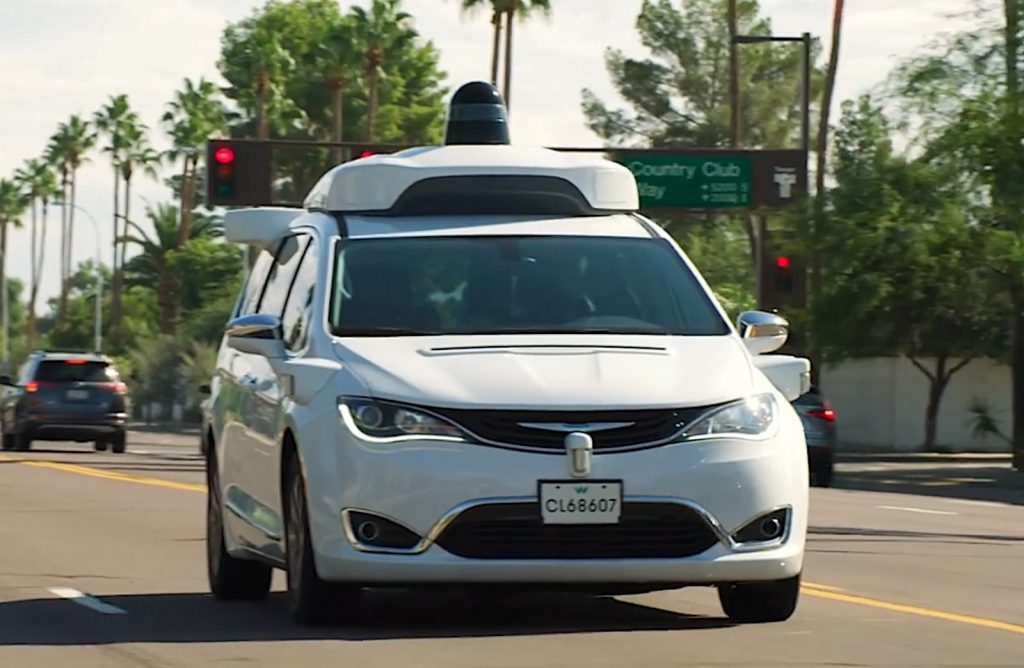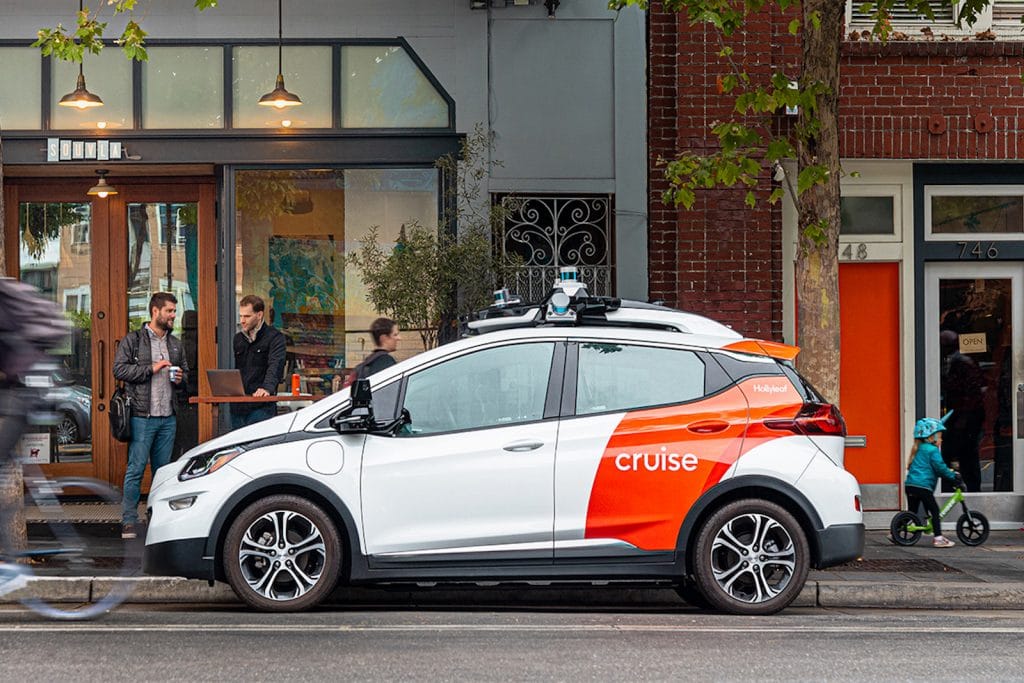New NHTSA Chief Ready to Crack Down on Wayward Self-Driving Technology
With federal data revealing hundreds of crashes involving automated vehicle systems like Tesla’s Autopilot, Steven Cliff, the new administrator of the National Highway Traffic Safety Administration, said it’s time for closer scrutiny and new regulations.

ADAS-based self-driving technology meant to keep occupants safe and ease the burden of driving has been linked to a total of 522 crashes since July 2021, according to data NHTSA released last week. And that number is believed to be incomplete. Tesla’s Autopilot system accounted for about 70% of those crashes in the Level 2 category. The list also covered manufacturers including General Motors, Honda and Google’s autonomous ride-sharing service, Waymo, on Level 3-5.
That study is the first step in understanding the risks, as well as the benefits, of the automated vehicle technologies that are becoming ever more commonplace. And NHTSA plans to use that to help it determine how to regulate the technology, NHTSA Administrator Cliff told the Associated Press in his first on-the-record interview since he was confirmed by the Senate.
New regulations likely
“Any time we put a regulation on the books, we have to define not only what standard that technology needs to be held to, but we need to have an objective way to measure the performance of the system to ensure that it actually complies with the regulation,” said Cliff, who previously specialized in chemistry and air pollution.
He joined NHTSA in February, temporarily serving as deputy administrator until his formal confirmation on May 26. That marked the first time the Senate had approved a full-time administrator for the agency in five years, the Trump administration failing to name anyone to that post among many senior positions that were left open.

NHTSA faces an extensive backlog of issues it has to address, many of them linked to new technologies that could radically alter future vehicles. Several manufacturers have, for example, petitioned the agency to approve the use of digital cameras that could replace conventional sideview mirrors, helping improve vehicle aerodynamics.
But Cliff made it clear that automated vehicle technology has a high priority under his leadership.
Automated driving technology becoming commonplace
Various forms of advanced driver assistance systems, or ADAS, are now commonplace, virtually all new vehicles now coming with forward collision warning systems that are capable of automatically applying the brakes if a driver doesn’t respond quickly enough to prevent a collision.
More and more manufacturers are adding technology capable of not only adjusting speed to the flow of surrounding traffic, but also maintaining a vehicle’s place in its lane. Most, like Nissan’s ProPilot, still require a motorist to maintain hands on the steering wheel. Some, like GM’s Super Cruise, are now allowing hands-free operation, and that automaker’s Cruise LLC subsidiary has gotten permission from the State of California to begin commercial ride-sharing operations with completely driverless vehicles.

Experts, including former NHTSA chief Mark Rosekind, believe such technologies will eventually eliminate highway crashes, injuries and fatalities — a goal made more urgent by preliminary government data estimating 42,915 Americans were killed on the road last year. That was a record 10.5% annual jump.
Timely data is essential
But despite such goals, NHTSA has also begun collecting data revealing that current Level 2 automated driving systems have been involved in a significant number of crashes — 392 since July of 2021. And that number is believed incomplete as not all manufacturers capture data when a vehicle using automated technology is involved in a collision.
Of the total known incidents, 273 involved Tesla’s Autopilot. The automaker officially tells owners they must maintain hands on the wheel, though that recommendation is known to be routinely ignored. Honda reported 90 crashes to the agency. There were 130 Level 3-5 crashes with Waymo involved in 62. GM’s Cruise reported 23 crashes.
“By providing NHTSA with critical and timely safety data this will help our investigators quickly identify potential defect trends,” Cliff told reporters earlier in June. In his interview with the AP this week, he added he was surprised to learn NHTSA had not previously been collecting such data.

As “part of any of the standards that we put in place,” said Cliff, NHTSA will regulate automated technology of varying levels, including basic collision warning and auto-braking systems.
Playing catch-up
How fast NHTSA will enact new regulations is yet to be determined, he added, noting, “I think it’s important to move quickly but not so fast that we’re getting it wrong.”
While NHTSA is playing a catch-up game on automated driving systems, it is taking a microscope to Tesla’s Autopilot and Full Self-Driving systems, with a number of investigations currently underway. Among other things, it is looking into more than 750 consumer complaints by Tesla owners who claim their vehicles unexpectedly braked without warning or any clear reason. But Tesla models also have been involved in numerous crashes where vehicles running Autopilot have struck stationary emergency vehicles parked along the roadside.
In past years, there had been friction between NHTSA and Tesla. But Cliff said that since he came onboard, “I think we work well with them, and when we have identified that there are risks, they’ve taken action, and that’s appropriate.”
How the agency will respond to concerns about Autopilot is yet to be determined, though some reports have warned more than 800,000 of the automaker’s vehicles could face recall if clear safety defects are identified.
Auto Lovers Land
Comments
Post a Comment